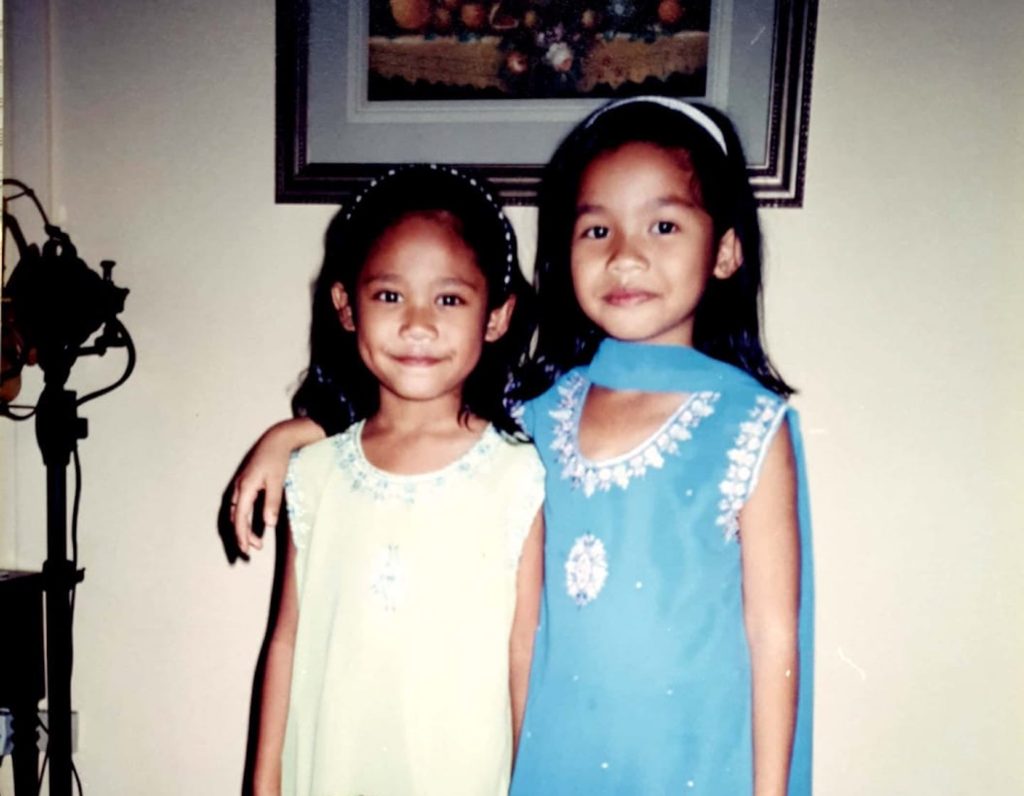
With Racial Harmony Day coming up, I’m reminded of a Singaporean pastime – wearing the traditional outfit of another race to celebrate our country’s multiculturalism. But in today’s age, is it still appreciation, or appropriation?
As a child, I remember these matching green and blue Indian outfits that my sister and I wore for almost every special occasion – weddings, Hari Raya celebrations, birthdays, and of course, Racial Harmony Day – despite not having any ties to the Indian culture in our family. We always called it the ‘Punjabi suit’ but only recently did it occur to me to check if it is indeed an outfit of the Punjabi people (a friend confirmed that it is, and is more commonly known as a salwar kameez). Looking back, my choice to wear this outfit for my birthday party at home (where the above photo was taken) probably wouldn’t fly today because I may have unintentionally offended someone by wearing it for no real reason other than it was pretty to me. I’ll be honest, I’d probably raise an eyebrow too if I saw a non-Malay person wearing a baju kurung for their birthday party ‘just because’.
Read More: Celebrating Mixed Race Families in Singapore
So in this day and age, what exactly differentiates cultural appreciation from cultural appropriation? Racial Harmony Day, on 21 July, is celebrated in schools by encouraging children to dress up in the traditional clothing of different cultures and ethnicities, alongside trying out different ethnic food and playing traditional games. Getting to experience other ethnicities’ traditional outfits gives us a chance to learn about each others’ cultures – so surely it’s appreciation, right?
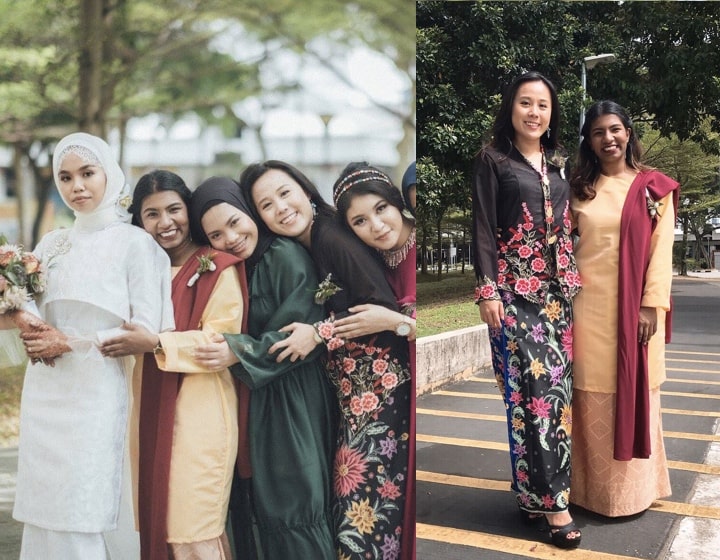
I’m no expert at race relations, but I think my almost 30 years of experience being of minority race in Singapore has taught me a thing or two. When I was in school I always looked forward to Racial Harmony Day. My ‘clique’ was multicultural and I remember borrowing a cheongsam and a sari from my Chinese and Indian BFFs on different years. In turn, they had borrowed my baju kurungs too. When I got married, they both wore a kebaya and baju kurung for my wedding and it was welcomed with open arms because it was a befitting choice – they wanted to dress appropriately for the occasion.
So I posed this question to some friends: “What are your thoughts on the practice of wearing another culture’s traditional clothing for an intended purpose like Racial Harmony Day?”
And the response was generally, “It should be OK! But…”
It can be hard to decipher what’s allowed and what’s not when it comes to cultural clothing and practices. It is mostly on a case-by-case basis and the intention matters. So what is the issue? Most people don’t see anything wrong with this practice – it has become so common for decades after all, and we’re taught that it’s thanks to initiatives and celebrations such as Racial Harmony Day that Singaporeans can live so harmoniously despite being a multicultural, multi-religious society. But past incidents have proven that we still have a long way to go when it comes to understanding and being sensitive towards each others’ cultures.
Past incidents and why they’re problematic
Some may tiptoe around the idea of wearing traditional outfits from another culture for fear of offending people due to how past incidents have played out. It should be noted though, that these incidents were usually cases of cultural insensitivity and lack of understanding, which led to being viewed as racism.
Brownface incidents
One example: the NETS E-Pay ad that portrayed Chinese Singaporean actor Dennis Chew as four characters to symbolise the ‘typical’ Singaporean demographic of CMIO (Chinese, Malay, Indian, Others). One of the characters was supposedly an Indian man, so the actor was dressed in a curly-haired wig and had darker foundation on to alter the colour of his skin for that character. Another character was supposedly a Malay woman, so he was dressed in a baju kurung and hijab. I can’t speak for the general group of people who were offended by this ad, but I took offence by it because I was puzzled as to why they couldn’t have casted actual Indian or Malay actors for the ad to fit those roles. Engaging one Chinese Singaporean actor to portray the main Singaporean ethnicities took away opportunities from minority actors/models who could have been much better suited for the project. What we need is more minority representation, not someone who is already well-represented in mainstream media to just put on the ‘look’ of a minority person. This also leads us to discuss the common issue of non-Chinese minorities in Singapore being turned away from job opportunities, but that’s a story for another time.
Another instance: in 2012, UOB held a company dinner party where a group of Chinese Singaporean staff dressed in traditional Indian outfits with their faces painted black to depict themselves as Indian dancers. It wasn’t made clear why they were dressed that way (perhaps it was indeed a Bollywood-themed party?) but painting themselves darker was a step too far and made it look too much like they were mocking the culture and its people rather than showing appreciation.
Wedding attire used to depict a cultural holiday
We’ve also had culturally insensitive incidents happen in Singapore as recently as this year. For Hari Raya Aidilfitri, the People’s Association had put up Hari Raya decorations that included a standee of a Malay couple in traditional wedding attire – a grand outfit choice that is very different from the usual baju kurung option for Hari Raya. This is akin to using the photo of a Christian couple in their wedding dress and suit as Christmas decorations, or a photo of a Chinese couple in their wedding tea ceremony attire as decorations for Chinese New Year.
Hijab
Last year, Member of Parliament Lee Bee Wah graced the banner of a neighbourhood Hari Raya greeting with a photo of herself in a Malay baju kurung and hijab. While some people found it inclusive, others like myself were taken aback by the image – why was she wearing a hijab? Wishing Selamat Hari Raya wearing a baju kurung would have sufficed. I had imagined her turning up for a photoshoot, putting on a hijab, taking it off then going about her day afterwards. This while the ‘everyday Muslim woman’ finds difficulty securing jobs in public and private sectors, or is met with disapproval for choosing to wear their hijab at the workplace.
It was later revealed that the photo was taken while Mdm Lee was visiting a neighbourhood mosque pre-Covid (so she had worn the hijab as a sign of respect) and the original image was a group photo of herself and other Muslim women, but the image had been cropped to comply with Covid-19 guidelines. Knowing that context made all the difference, but it still showed that it could have been executed better to avoid such a misunderstanding.
Meanwhile, a non-Muslim coworker once asked me if it was okay for her daughter to try the hijab, because she had seen her preschool teacher (who she adores) wear it. I couldn’t give a straight answer then because on one hand it can be a teachable moment for the child if her teacher sees her donning it, but if she decides to keep it on after she leaves school, it may be interpreted differently by members of the public. Will she make sure to wear it properly? Complete with longer sleeves and pants or a skirt that goes past the knees? Because in this instance, the hijab is not just a cultural accessory but a religious one too, and goes hand in hand with dressing modestly.
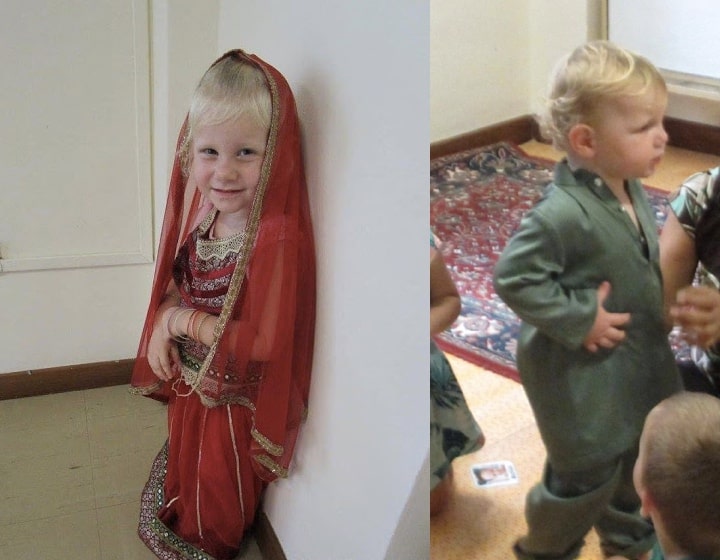
So can my child wear another culture’s traditional outfit?
- If it’s for a cultural celebration and the outfit is appropriate to the occasion, then we say yes. This usually applies to school or workplace celebrations, weddings or even invitations to a friend’s house for holidays such as Chinese New Year, Hari Raya, Deepavali, Christmas etc. Just ensure that your child wears the outfit correctly.
- As parents, we need to understand more about other cultures in order to impart knowledge to our kids before they partake in such customs. A preschool teacher once shared with me that for a Deepavali celebration in school, a non-Indian child was dressed in a Princess Jasmine (from Disney’s Aladdin) costume. The story of Aladdin has Middle Eastern cultural influences, not Hindu, so a Disney princess costume in this case was not appropriate for the occasion.
- Try to borrow a traditional outfit from a friend so it’s not only eco-friendly, but can become a way to learn about the garb, how to wear it and why it’s worn in a certain way.
- Make sure to also be culturally sensitive and actively race-conscious in your day-to-day life. Encouraging your kids to wear a different culture’s outfit once a year without addressing any deep-seated biases or assumptions about certain races you may have will result in it being a performative gesture instead of an opportunity to learn and appreciate a culture. This could lead your kids in a direction of seeing themselves as not being capable of being racist or committing microagressions just because they made sure to partake in this practice.
- Make sure to be respectful at all times and if you’re not sure, ask a friend.
The topic of appropriation vs. appreciation is vast and can be discussed to no end, but wherever possible let’s teach our kids to be culturally sensitive to others before doing or saying anything that involves race or culture. So for now, go forth and encourage your kiddos to embrace their friends’ cultures and try on some beautiful ethnic wear! Just remember to always be respectful and have open conversations about race too.






 View All
View All
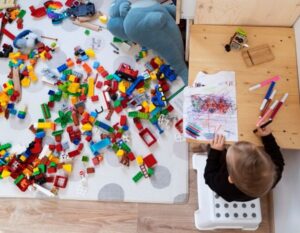
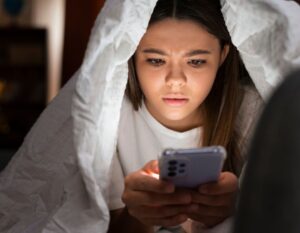

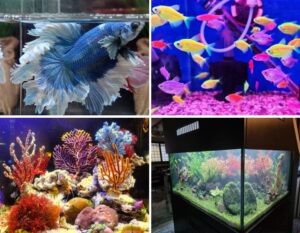

 View All
View All







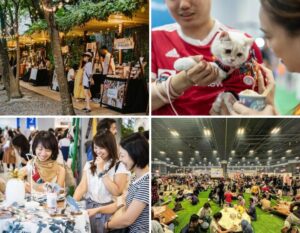

 View All
View All


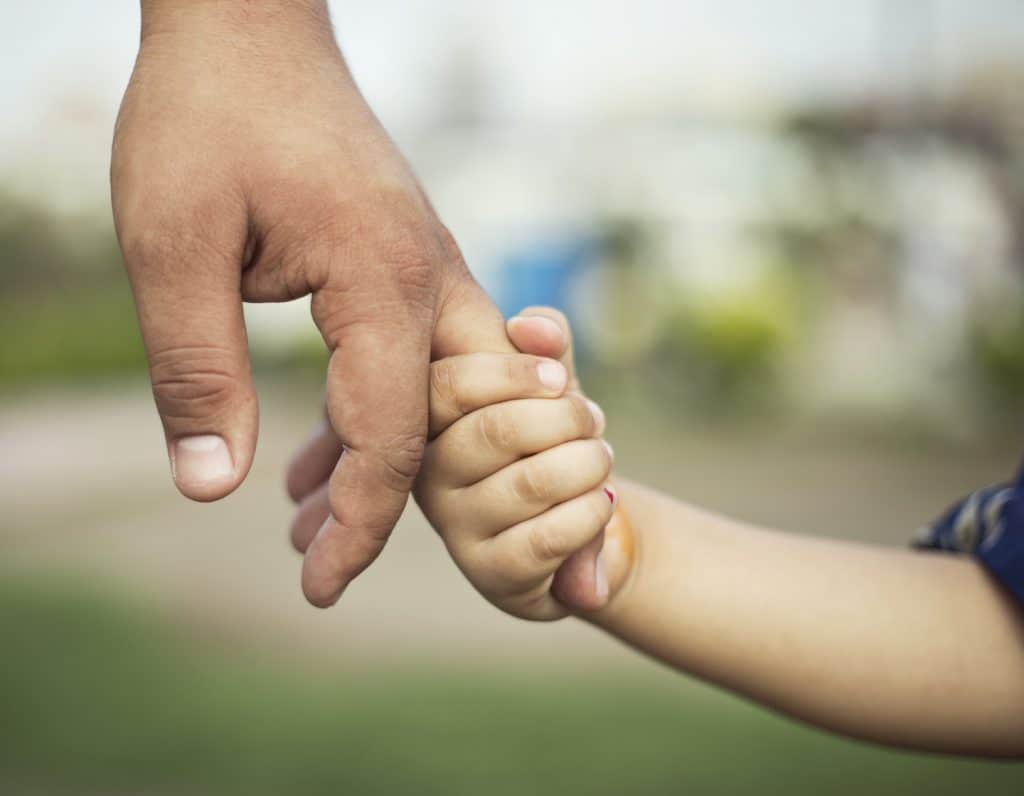
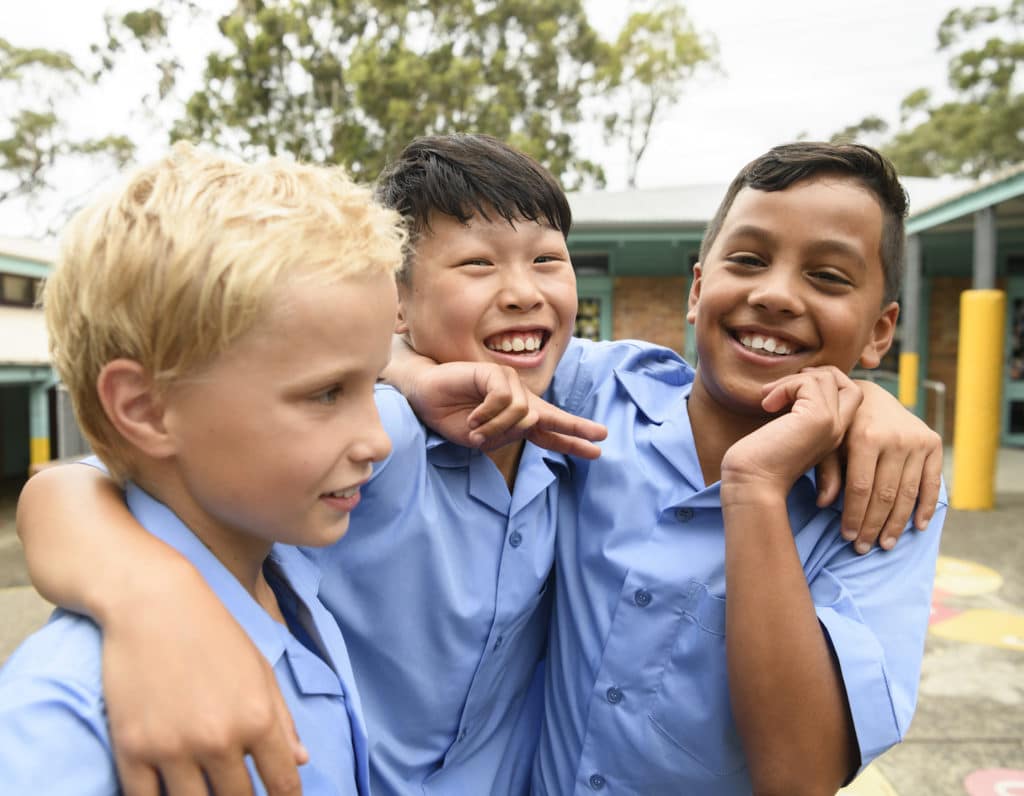
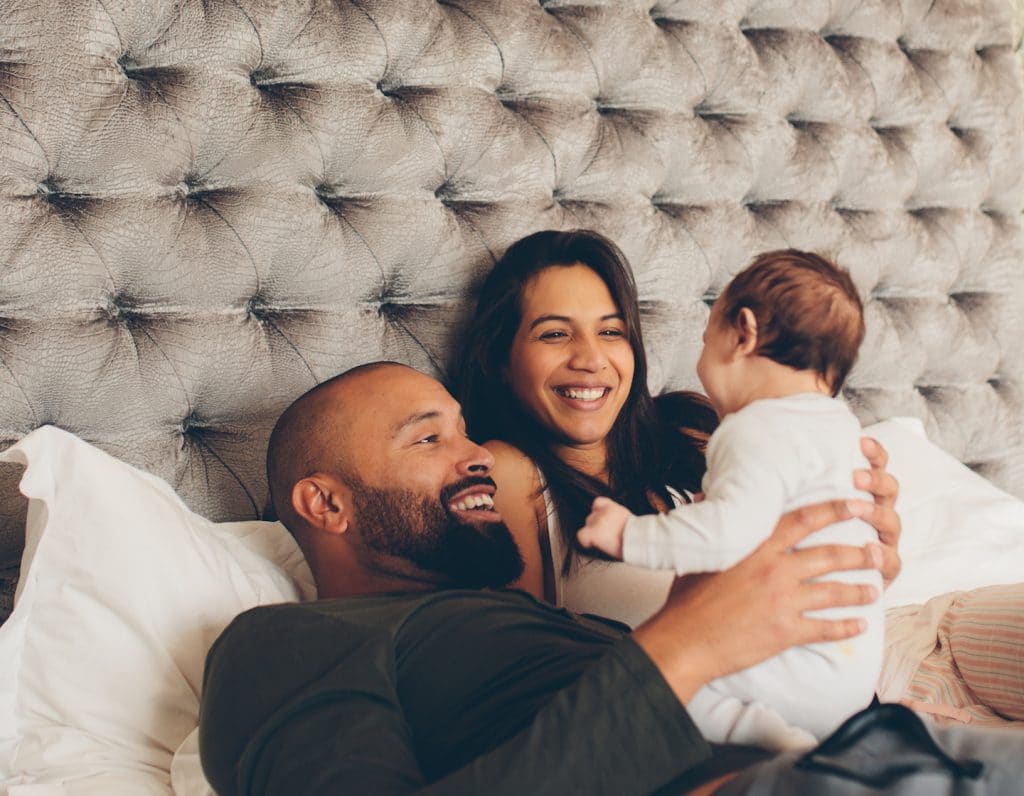
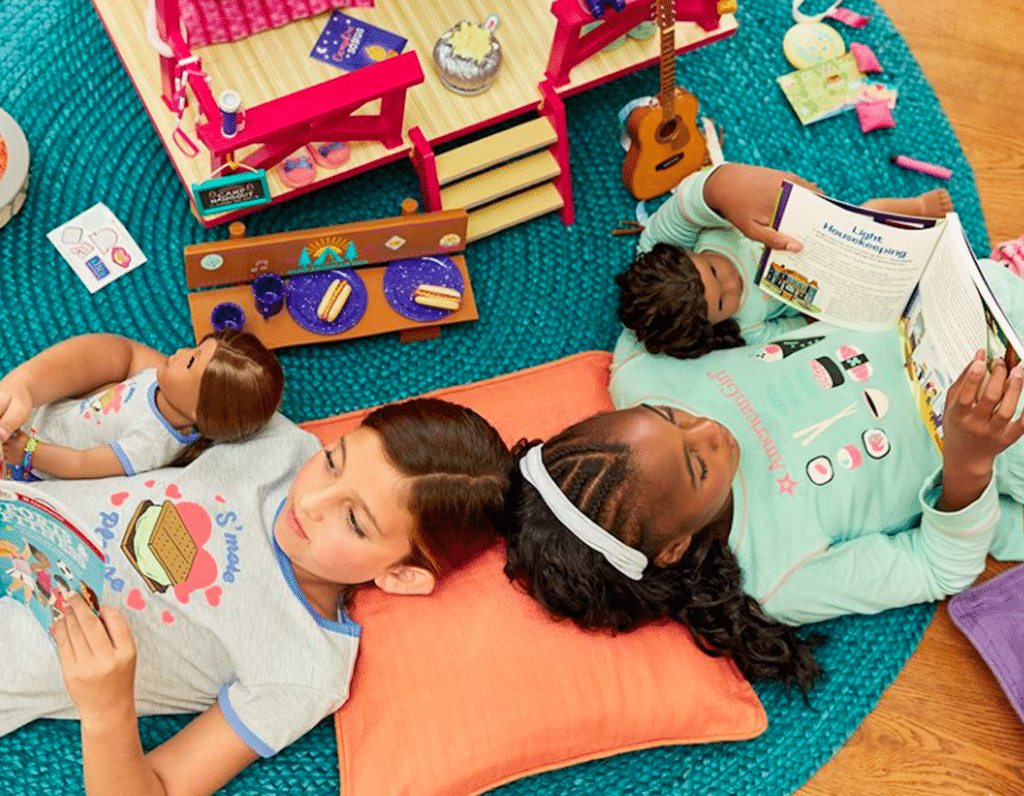

![[𝗦𝗔𝗩𝗘 𝗧𝗛𝗜𝗦] 𝗞𝗶𝗱-𝗔𝗽𝗽𝗿𝗼𝘃𝗲𝗱 𝗗𝗲𝘀𝘀𝗲𝗿𝘁 𝗦𝗽𝗼𝘁𝘀 𝗬𝗼𝘂 𝗖𝗮𝗻 ‘𝗘𝗮𝘁 𝗳𝗼𝗿 𝗙𝗿𝗲𝗲’ 𝗪𝗶𝘁𝗵 𝗖𝗗𝗖 𝗩𝗼𝘂𝗰𝗵𝗲𝗿𝘀! 🍦🍩🧁😉
Before you ask “Can use CDC voucher?” Yes, you definitely can! These spots are perfect for an after-school treat, weekend fun, or just saying “yes” to dessert without saying goodbye to your wallet.
Comment “Sweet” or tap the link in bio for more foodie recommendations!
Got a fave kid-friendly spot that accepts CDC vouchers? Let us know in the comments too!
.
.
.
.
.
.
.
#CDCVouchersSG #SGMumLife #KidFriendlySG #FreeDessert #HeartlandEats #SweetTreatsSG #SGParents #FamilyFunSG #WafflesAndIceCream #BudgetParenting #ThingsToDoWithKidsSG #SGCafes #SupportLocalSG #KidsEatHappy #CDCAdventures](https://www.sassymamasg.com/wp-content/plugins/instagram-feed/img/placeholder.png)
